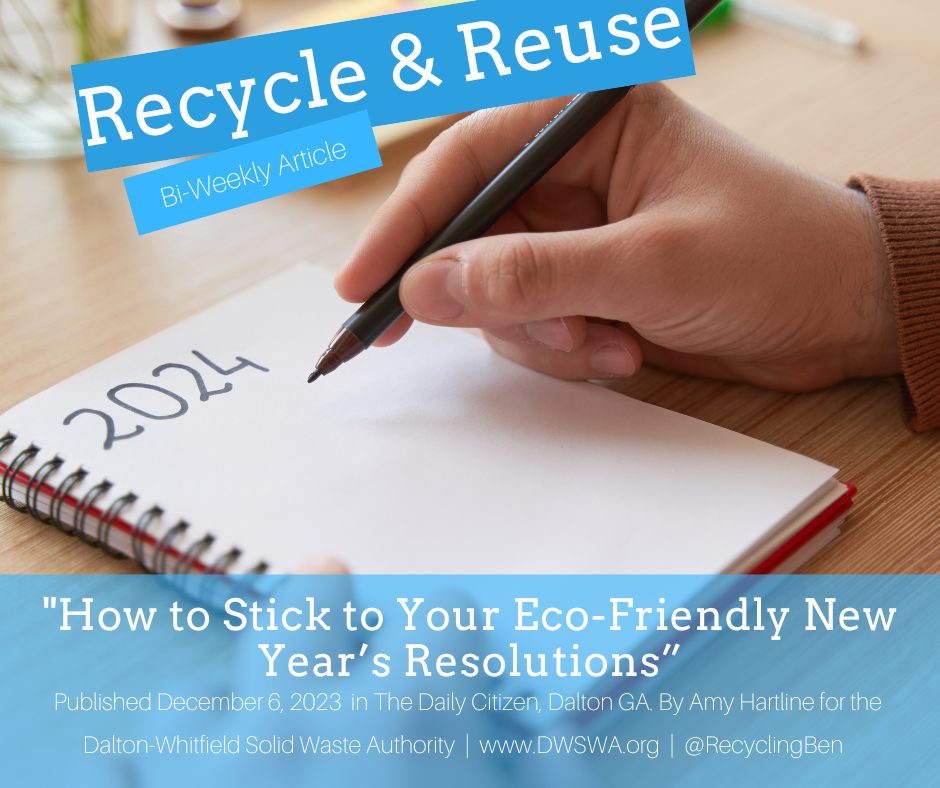Feed People, Not Landfills
/Purchase only what you intend to consume to help reduce the amount of food waste heading to the landfill.
Food waste is a growing problem in the United States. The EPA (U.S. Environmental Protection Agency) estimates that in 2013 more than 27 million tons of food waste was generated - 95 percent of the wasted food ended up in landfills. There is so much food waste that the EPA estimates that 21 percent of discarded municipal solid waste is food. To make matters worse, the U.S. Department of Agriculture (USDA) reported that Americans wasted over one-third of the vegetables and fruits bought in 2010.
The problem of food waste may seem overwhelming at first, however, there are several ways that individuals and families can help reduce the amount of food waste heading to the landfill. When you take the time to reduce food waste at home you can save money from buying less food. Beyond that, you help conserve energy and resources associated with the production and transportation of food. It all starts with planning.
Making a list of weekly meals before you go to the store is the first step to help reduce food waste. Buy only what you expect to use to increase the likely hood that the food will not go to waste at the end of the week. To jumpstart meal planning make a list of meals that your family already enjoys, and a few meals you would like to try in the future. When it’s time to make a meal plan for the week you can refer to the list and easily choose the meals you intend to prepare.
It’s also helpful to quantify meals on the shopping list to avoid overbuying. For example, instead of writing “lettuce” on the shopping list, write “lettuce for two salads”. This way when you get to the lettuce area of the produce department you know that you’ll need enough salad greens for two meals. At the end of the week, you should have used up all of the greens for the planned meals and have no lettuce left to throw away.
Pre-planning meals is especially helpful when you’re purchasing fresh ingredients like meats, fruits, and vegetables that will spoil quickly. Purchasing dry foods like beans, oats, and pasta in bulk can help save money, but be sure to use them in a timely fashion too. Oats, in general, can be stored in an airtight container in a cool, dry place for up to 12 months before they begin to loose flavor. Pasta and beans can be stored for up to two years before they start to loose nutritional value.
Once you have purchased your food you need to be mindful about proper storage at home. Many food items can be stored in the refrigerator to extend their shelf life and keep them fresh. Some exceptions are bananas, potatoes, lemons, tomatoes, lemons and limes which should be stored in a cool dry area away from direct sunlight. Since many fruits also give off natural gases as they ripen, they could make other produce nearby spoil faster. The EPA recommends storing bananas, apples, and tomatoes by themselves, then storing the remaining fruits and vegetables in different bins.
After you get your items home from the store take the time to wash, dry, chop, and slice food items for easy cooking. Having food already pre-cut when it’s time to prepare a meal increases the chance that the food will be used and not discarded at the end of the week. It’s also a good opportunity to freeze items like bread, meat, or sliced fruit that you may not get to use right away but perhaps purchased because there was a sale.
As you decide what meals to prepare don’t forget to check the refrigerator and pantry first for items that may be close to expiring. Some overripe items may still be useful to make soups, broth, casseroles, smoothies, and more. Leftovers, even those from a restaurant meal, can be stored and eaten the next day for lunch or dinner.
If you find that you have food that you will not use at home, consider donating to a local food bank or food pantry. It’s best to call ahead and find out what type of foods are accepted. For example, some may only take non-perishable foods like canned goods, and others may also accept perishables like vegetables. Food that is donated instead of discarded helps reduce the amount of food waste headed to the landfill.
































